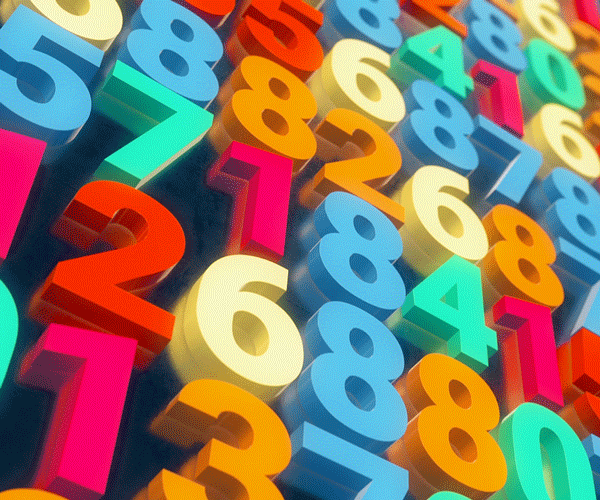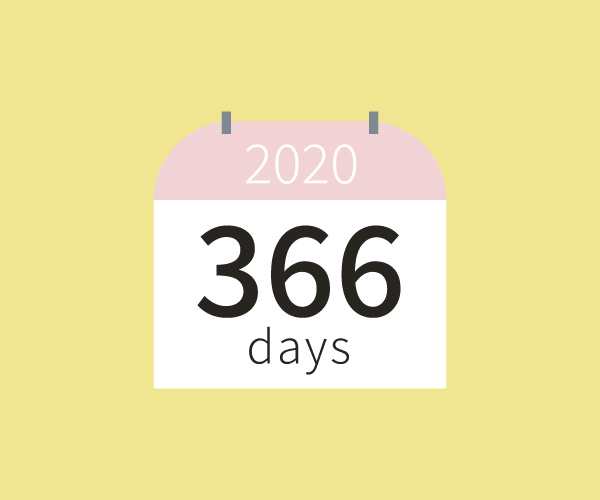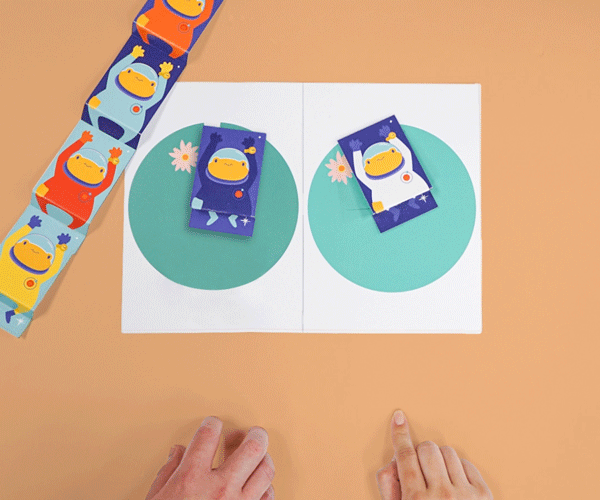
There are usually 365 days a year, but this year, we have 366 days! This year is what we know as a leap year. Essentially, the invention of leap years was implemented to keep our calendars aligned with the Earth’s revolutions around the sun.

One year is marked by one Earth revolution around the sun, but that does not take exactly 365 days. One Earth revolution around the sun takes about 356 days, 5 hours, 48 minutes and 46 seconds.
Since the culmination of those extra hours, minutes and seconds will result in nearly 6 hours being lost annually from our calendar, if you add them all up in terms of 100 years, we will lose 24 days every century!
In order to accurately measure the length of a year, an additional day (29 February) is added into the calendar once every 4 years.
If it were not for this, our calendar would become inaccurate with the passage of time, and the four seasons (spring, summer, autumn and winter) would start later on in the year as our calendar would be several months off after a few centuries.
Click here to download a printable infographic that can help your child visualise and understand the concept and maths behind leap years.
The History and Maths Behind Leap Years
We tend to take for granted that leap years happen once every 4 years. After all, that is the very definition of a leap year.
This year, 2020, is a leap year, and so was 2016, 2012, 2008 and so on. But go back far enough and you will find that 1900 was not a leap year, nor 1800 or 1700. What’s going on?

To find the answer we have to go back to more than 2,000 years ago to 46 BC. The leap year was the brainchild of the Roman emperor Julius Caesar and the Egyptian astronomer Sosigenes.
Caesar wanted a new calendar that was based on the movement of the sun like the Egyptian calendar, instead of the moon like the old Roman calendar.
Calendars based on the moon are still in use today, such as the Chinese lunar calendar. But what Caesar wanted, Caesar usually got, and so he set in motion the entire chain of events.
Before Caesar’s intervention the Roman year lasted for 355 days, meaning that an extra month would have to be added to the calendar occasionally to remain in sync with the seasons.
The new calendar, named the Julian calendar after Caesar, set the year’s length at 365.25 days. In theory, this meant the shortest month of the year would get an extra day every four years to make up for the annual accumulation of a quarter of a day.
Things were less straightforward in practice, however. In order to move over to the new calendar, Caesar had to make the first year 445 days long.
The Julian calendar also had a more important long-term impact, with the length of a solar year closer 365.242374 days than 365.25. The difference between 365.242374 and 365.25 might look negligible but has a more significant effect with the passage of each year, as the time gap between the calendar and the sun’s movement widens.
This became a problem more than 1,500 years after Caesar’s death, when important dates like the Christian holidays drifted by more than 10 days.
The time drift can be illustrated quite simply, as below:
The first step is to calculate how long a solar year is in terms of hours, minutes and seconds. We begin by multiplying 0.242374 by 24 hours - 0.242374 x 24 = 5.81 hours
Then we multiply 0.81 by 60 minutes - 0.81 x 60 = 48.6 minutes
Finally we multiply 0.6 by 60 seconds in a minute - 0.6 x 60 = 36 seconds
Put all that together and the length of the solar year is 365 days, 5 hours, 48 minutes and 36 seconds.
We will recall that the year according to the Julian calendar comprises 365.25 days, which is 365 days and 6 hours. With that, we can see that the solar year is actually 11 minutes and 24 seconds shorter than the Julian year.

Here’s what you get when you multiply 11 minutes and 24 seconds by 1,500 years:
11 minutes x 1500 = 16,500 minutes
24 seconds x 1500 = 36,000 seconds. In minutes, 36,000 seconds is - 36,000 / 60 = 600 minutes
So after 1,500 years, the Julian solar gained 16,500 + 600 = 17,100 minutes on the solar year
17,100 minutes is equivalent to 285 hours or almost 12 days. Imagine celebrating Christmas on what’s actually January 6!
That is why the Catholic Pope Gregory XIII decided in 1582 AD to revise the calendar again. That year, October 4 was followed by October 15.
The Gregorian calendar, which we still use today, was more accurate than the Julian calendar. The year’s length was now set at 365.2425 on average.
Repeating the calculations we did previously for the solar year, we find that the Gregorian year is 365 days, 5 hours, 49 minutes and 12 seconds long. That means the time gap between the Gregorian year and solar year every year is just 36 seconds.
But while 10-day drifts no longer happen, we still need to correct for the time gap over time. That is why the Gregorian calendar removes three leap years every 400 years, meaning that there are 97 leap years during that time.
Why 97? That is because 365.2425 days x 400 = 146,097 days. So there are 97 leap days for every 400 years
As a result, we remove one leap year from the calendar every hundred years, except for every fourth century. So 1700, 1800 and 1900 were not leap years, but 2000 was. And 2100, 2200 and 2300 will not be leap years, but 2400 will be.

Here’s an easy three-step way to see if a given year is a leap year:
Is the year evenly divisible by 4? If no, then it is not a leap year. If yes, proceed to step 2.
Is the year evenly divisible by 100? If no, then it is a leap year. If yes, then proceed to step 3.
Is the year evenly divisible by 400? If no, then it is not a leap year. If yes, then it is a leap year.
Wait. Does this also mean that babies born on February 29 this year will not be able to celebrate their 80th birthdays in 2100? Or should that be their 20th birthday?
Bringing Mathematical Concepts to Life
At The Learning Lab, we believe in teaching your child the real-life relevance of everything they learn in the classroom in a fun and engaging manner, with hands-on activities and games specially devised by our in-house Maths curriculum experts.

Recently, in our lower primary and upper primary Maths classes, our students discovered the ‘why’s and ‘how’s of leap years through a vibrantly illustrated infographic and a trivia quiz between different teams that tests their mathematical skills and encourages friendly competition.
At the end of the trivia quiz, our students are rewarded for their efforts and allowed to rest their brains from all that intense calculation with a lighthearted game that involves them creating their own paper frogs and out-leaping the others to end up victorious as the first frog on a lily pad.
Showing students real-life applications of mathematical rules through phenomena like leap years not only piques their interest, but also enhances their understanding, allowing their comprehension of mathematical concepts to grow by leaps and bounds.
Take the leap in mastering Mathematical concepts and honing numeracy skills. Click here to find out more about our immersive Maths programmes.
The Learning Lab is now at locations. Find a location that suits your needs.
If you have any questions about our range of programmes or class schedules, you may contact us at 6733 8711 or drop us an email at enquiry@thelearninglab.com.sg.


